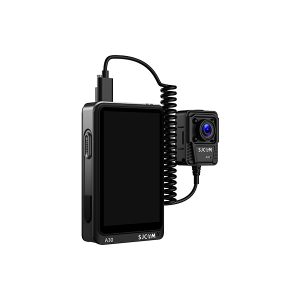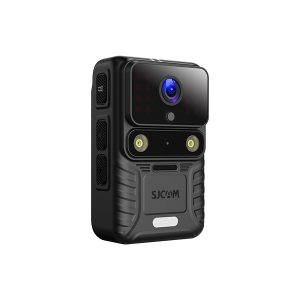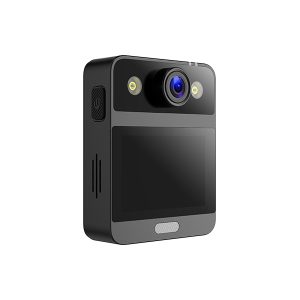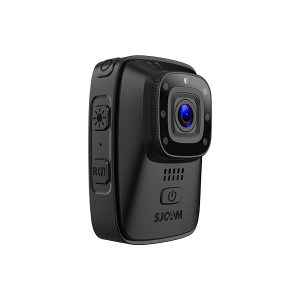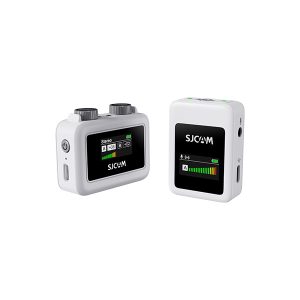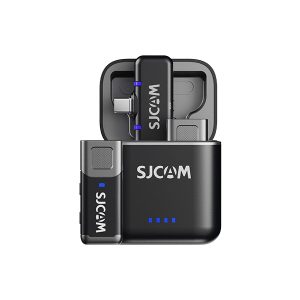8K vs. 4K cameras: How to choose the one you need?
Choosing between 8K and 4K cameras can feel overwhelming, especially when both offer unique advantages. A 4K camera provides a practical solution for most professionals. It balances image quality, affordability, and compatibility with existing workflows. On the other hand, 8K cameras cater to niche applications. They deliver extreme detail, offer flexibility in post-production, and prepare you for future technological advancements. Your decision should align with your specific needs, budget, and the demands of your workflow. Understanding the differences in 8K vs. 4K camera capabilities will help you make an informed choice.

Key Takeaways
- 4K cameras give good quality at a lower price. They work well for most professional jobs.
- 8K cameras have four times more detail than 4K. They are great for big-budget films or special projects.
- Think about your setup; 4K works with most systems. 8K needs better hardware and more storage space.
- Check how far viewers will sit. 8K looks best on big screens or up close. 4K is OK for daily use.
- Money matters; 4K cameras cost less. 8K cameras need more money for gear and storage.
Understanding 4K and 8K Resolutions
What is 4K Resolution?
4K resolution refers to a display standard with approximately 4,000 horizontal pixels. It offers exceptional clarity and detail, making it a popular choice for professional videographers and photographers. The most common 4K resolution is 3840 × 2160, which has an aspect ratio of 16:9 and contains over 8.2 million pixels. Other variations, such as 4096 × 2160 or 3996 × 2160, cater to specific cinematic or professional needs.
| Resolution | Aspect Ratio | Total Pixels |
| 3840 × 2160 | 16:9 | 8,294,400 |
| 4096 × 2160 | 256:135 | 8,847,360 |
| 4096 × 1716 | ≈2.39:1 | N/A |
| 3996 × 2160 | 1.85:1 | N/A |
| 4096 × 2560 | 16:10 | N/A |
This resolution delivers sharp visuals and vibrant colors, making it ideal for most professional applications. Its compatibility with existing workflows and devices further enhances its practicality.
What is 8K Resolution?
8K resolution represents the next leap in visual technology. It features a width of approximately 8,000 pixels, with a standard resolution of 7680 × 4320. This format contains an astounding 33.2 million pixels, four times the total pixel count of 4K. The increased pixel density allows for unparalleled detail and clarity, especially on larger screens or at close viewing distances.

- Pixel dimensions: 7680 × 4320
- Total pixels: 33.2 million
- Viewing distance: Optimal at around 7 feet
This resolution is particularly suited for high-budget productions, large-scale displays, and future-proofing your work. However, its demanding hardware requirements and limited compatibility may pose challenges.
Key Differences Between 4K and 8K
Resolution and Pixel Count
The primary distinction between 4K and 8K lies in their pixel count. While 4K offers 8.2 million pixels, 8K boasts 33.2 million pixels. This fourfold increase significantly enhances image detail and clarity.
| Resolution | 4K | 8K |
| Total Pixels | 8,294,400 | 33,177,600 |
The higher pixel density in 8K ensures smoother textures and finer details, making it ideal for large screens or close-up viewing.
Visual Quality and Detail
8K resolution delivers sharper visuals and smoother edges compared to 4K. On larger screens, the difference becomes more noticeable, as 8K allows for intricate details that 4K cannot replicate. However, on smaller screens or at typical viewing distances, the human eye may struggle to perceive these improvements. For most professionals, 4K provides sufficient quality for everyday use, while 8K caters to specialized needs.
Viewing Distance and Screen Size
The impact of resolution depends on screen size and viewing distance. For 8K, the recommended viewing distance is about 7 feet, ensuring you can appreciate its finer details. On smaller screens or from farther away, the difference between 8K and 4K diminishes. If your work involves large displays or immersive experiences, 8K may offer a distinct advantage.
Key Factors to Consider
Image Quality
Sharpness and Detail
When comparing sharpness and detail, 8K cameras deliver a significant edge over 4K. With four times the pixel count, 8K provides smoother textures and finer details, especially on large screens or at close viewing distances. For example:
- An 8K display contains 33.2 million pixels, compared to 8.2 million in 4K.
- This higher pixel density results in sharper images and smoother edges.
- On smaller screens or from farther away, the difference becomes less noticeable.
If your work involves large-scale displays or intricate visuals, 8K may offer a distinct advantage. However, for most professional applications, 4K provides sufficient sharpness and detail.
Color Depth and Dynamic Range
Both 4K and 8K cameras can deliver excellent color depth and dynamic range, but the latter often excels in high-end models. 8K cameras typically support advanced color grading and HDR workflows, which enhance the vibrancy and realism of your footage. However, achieving these benefits requires compatible displays and editing tools. For many professionals, 4K cameras already meet the demands of accurate color reproduction and dynamic range.
Storage and Processing Requirements
File Sizes and Compression
The leap from 4K to 8K comes with a dramatic increase in file sizes. For instance:
- One hour of 8K RedCode Raw 75 footage requires 7.29 TB of storage, translating to 121.5 GB per minute.
- In contrast, 4K footage is significantly smaller, making it easier to manage and store.
This difference means you’ll need to invest in high-capacity storage solutions if you choose 8K. Compression techniques can reduce file sizes, but they may compromise image quality.
Hardware and Software Demands
Editing 8K footage demands robust hardware. You’ll need a high-end processor, ample RAM, and a powerful GPU to handle the workload. Applications like Adobe Premiere Pro and DaVinci Resolve support 8K editing, but smooth playback often requires hardware accelerators. In contrast, 4K footage can be edited on mid-range laptops or desktops, making it more accessible for most professionals. Upgrading to 8K also necessitates higher-capacity SD cards and hard drives, adding to your overall costs.
Cost
Camera Pricing
The price difference between 4K and 8K cameras is substantial. While 4K cameras range from $500 to $6,000, 8K models can cost anywhere from $4,500 to $49,500. This makes 8K cameras a significant investment, suitable primarily for high-budget productions or specialized use cases.
| Camera Type | Price Range |
| 4K | $500 to $6,000 |
| 8K | $4,500 to $49,500 |
Additional Costs (Storage, Editing Equipment)
Beyond the camera itself, 8K workflows incur higher costs for storage and editing equipment. For example:
- 8K video requires approximately 20 GB of storage per minute, compared to 5 GB for 4K.
- You’ll need larger hard drives, higher-capacity memory cards, and a more powerful computer to handle the increased demands.
These additional expenses can quickly add up, making 4K a more budget-friendly option for most professionals.
Compatibility
Display and Playback Options
When choosing between 4K and 8K cameras, you must consider how well the footage integrates with current display and playback technologies. 4K content enjoys widespread compatibility, making it easy to share and view on most modern devices. From televisions to projectors, 4K displays are now standard in both consumer and professional markets. This ensures that your audience can fully appreciate the quality of your work without requiring specialized equipment.
In contrast, 8K content faces significant compatibility challenges. The availability of 8K displays remains limited, and most consumers lack access to devices capable of showcasing this resolution. To view 8K footage, you may need to invest in high-end displays or projectors, which can be costly. Additionally, 8K playback demands increased bandwidth and storage capacity, complicating existing infrastructure. For example:
- 8K video files are four times larger than 4K, requiring substantial storage solutions.
- Streaming or transferring 8K content demands faster internet speeds and higher data limits.
These factors make 8K less practical for immediate use, though it offers future-proofing for professionals aiming to stay ahead of technological trends.
Workflow Integration
The integration of 4K cameras into your workflow is seamless compared to 8K. 4K cameras are affordable and manageable, making them suitable for a wide range of projects. Their file sizes are smaller, which simplifies storage and editing. You can also crop or zoom into 4K footage during post-production without losing significant quality, enhancing your creative flexibility.
On the other hand, 8K cameras bring exceptional detail but introduce challenges. The larger file sizes demand more powerful hardware for editing and processing. You’ll need high-capacity storage devices and advanced editing software to handle the increased demands. Early 8K camera models may also experience issues like overheating or limited recording times, which could disrupt your workflow. While the transition to 8K is happening faster than previous technological shifts, you must prepare for the added complexity it brings to post-production.
For most professionals, 4K offers a balanced solution that integrates smoothly into existing workflows. However, if your projects require extreme detail or future-proofing, you may find the investment in 8K worthwhile despite the challenges.
Use Cases for Professionals
Filmmaking
High-Budget Productions
For high-budget filmmaking, 8K cameras offer unparalleled advantages. They enhance color depth and dynamic range, capturing a broader spectrum of colors and contrast. This results in lifelike visuals that elevate the viewing experience. Additionally, 8K cameras provide:
- Advanced visual effects capabilities due to increased resolution.
- Cropping options in post-production allows creative flexibility.
- Down-sampling to 4K for superior image quality.
- The ability to introduce movements during editing, enriching storytelling.
- Future-proofing for upcoming technological advancements.
If you work on blockbuster films or large-scale productions, 8K technology ensures your content meets the highest standards.
Independent and Documentary Filmmaking
Independent filmmakers and documentarians often prioritize practicality and budget. 4K cameras excel in this space, offering affordability, excellent clarity, and editing flexibility. You can zoom in up to four times without losing resolution, making 4K ideal for diverse filming scenarios. However, 8K cameras provide sharper details and future-proofing, which can enhance high-quality documentaries. While 4K remains the practical choice, adopting 8K technology can elevate your work for specialized projects.
Photography
Studio and Commercial Photography
In studio and commercial photography, 8K cameras deliver exceptional detail and clarity. They allow you to capture intricate textures and vibrant colors, making them perfect for professional projects. Shooting in 8K also improves 4K video quality by providing more data for editing. The higher resolution offers flexibility in framing and stabilization during post-production. If you aim to future-proof your equipment, investing in 8K ensures you stay ahead of technological advancements.
Event and Portrait Photography
For event and portrait photography, 4K cameras remain the standard. They are affordable, portable, and versatile, meeting the needs of most professionals. You can achieve excellent image clarity and detail, which are suitable for capturing memorable moments. Additionally, 4K cameras allow significant editing flexibility, such as cropping or zooming, without quality loss. While 8K cameras offer higher resolution, their benefits may not justify the added costs for everyday use.
Broadcasting
Live Events and Sports
Broadcasting live events and sports benefits significantly from 8K cameras. The high resolution allows you to crop footage, simulating multiple camera angles from a single device. This flexibility enhances production setups and reduces equipment needs. Downscaling 8K footage to 4K also improves image quality, delivering stunning visuals. If you work in live broadcasting, 8K technology can elevate your production value.
News and Television Production
In news and television production, 4K cameras strike the right balance between quality and practicality. They provide excellent clarity and manageable file sizes, making them accessible to most professionals. Editing 4K footage requires mid-range hardware, ensuring a smoother workflow. While 8K cameras offer higher resolution, their larger file sizes and demanding hardware requirements make them less practical for daily use. For most broadcasting needs, 4K remains the optimal choice.
Future-Proofing and Market Trends
Adoption of 8K Technology
Current Market Penetration
The adoption of 8K technology remains in its early stages but is steadily growing across several professional sectors. Industries like high-end retail, healthcare, and entertainment are leading the way. In healthcare, 8K cameras are being used for surgical visualization and diagnostic imaging, offering unmatched precision. Similarly, the sports and entertainment industry is embracing 8K for its ability to deliver detailed images and immersive content. By 2024, this sector is expected to account for 38.7% of the 8K technology market share. However, limited content availability and the high cost of displays continue to act as barriers to widespread adoption.
Industry Predictions
The future of 8K technology looks promising, with significant growth anticipated in the coming years. North America currently leads the market, holding a 37.6% share due to the high demand for gaming and home entertainment. The gaming industry, in particular, is driving adoption as players seek more immersive experiences. Additionally, 87% of American households now have access to ultra-high-definition content, further fueling the demand for 8K TVs, cameras, and monitors. As advancements in technology reduce costs and improve accessibility, you can expect 8K to become a standard in many professional fields.
Longevity of 4K Cameras
Continued Relevance
Despite the rise of 8K, 4K cameras remain highly relevant for most professionals. Their practicality, affordability, and compatibility with existing workflows make them a reliable choice. Many professionals find that 4K resolution delivers sufficient detail for their projects, whether in filmmaking, photography, or broadcasting. Additionally, the widespread availability of 4K displays ensures that your audience can fully appreciate the quality of your work without requiring specialized equipment.
Upgradability and Support
4K cameras also offer several features that keep them competitive with 8K technology. Digital zoom allows you to crop footage without losing image quality, which is essential for capturing intricate details. Enhanced night vision ensures clear footage in low-light conditions, making 4K cameras versatile for various applications. Furthermore, many 4K models integrate AI analytics, improving capabilities like threat detection and response. These features, combined with ongoing support from manufacturers, make 4K cameras a future-proof investment for professionals who prioritize practicality over cutting-edge resolution.
Choosing between 4K and 8K cameras depends on your professional needs and resources. For most professionals, 4K cameras deliver exceptional quality while remaining practical and affordable. They provide stunning visuals, editing flexibility, and compatibility with existing workflows. You can achieve excellent results without the extreme demands of 8K production.
SJCAM C300 Action Camera: 4K Excellence for Your Adventures
With the SJCAM C300, you can record your adventures in 4K resolution. This video offers four times the resolution of traditional 1080p, presenting incredibly sharp and vivid images. Whether you’re skiing down a snow-covered slope, diving into the clear blue sea, or cycling through a scenic countryside, every detail, from the glistening snowflakes to the colorful coral reefs and the swaying grass, will be captured with astonishing clarity.
Its 4K recording ensures that no precious moment is lost in a blur. The high-resolution footage is perfect for sharing your adventures on social media, creating amazing travel vlogs, or simply keeping memories that will last a lifetime.

If your projects require unmatched detail or future-proofing, 8K cameras offer superior resolution and more excellent editing options. However, the higher costs and resource requirements make them ideal for niche applications. Carefully assess your specific needs, budget constraints, and available resources to make the best choice for your workflow.

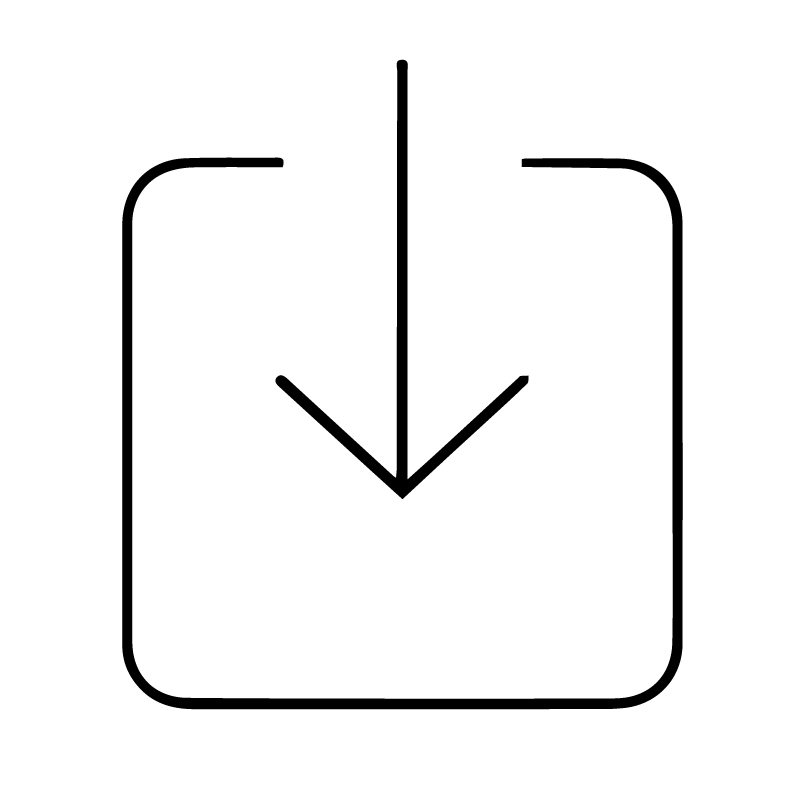

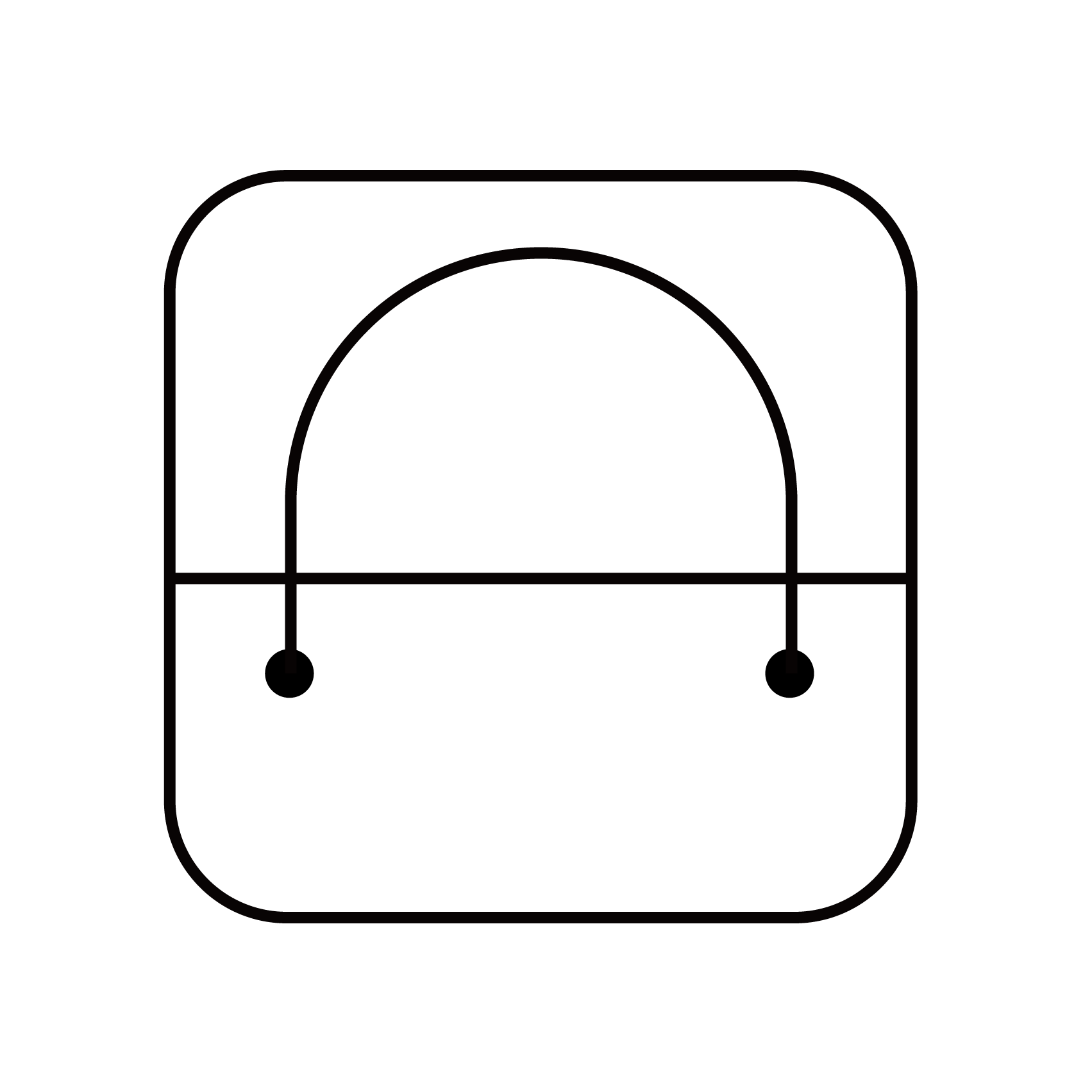
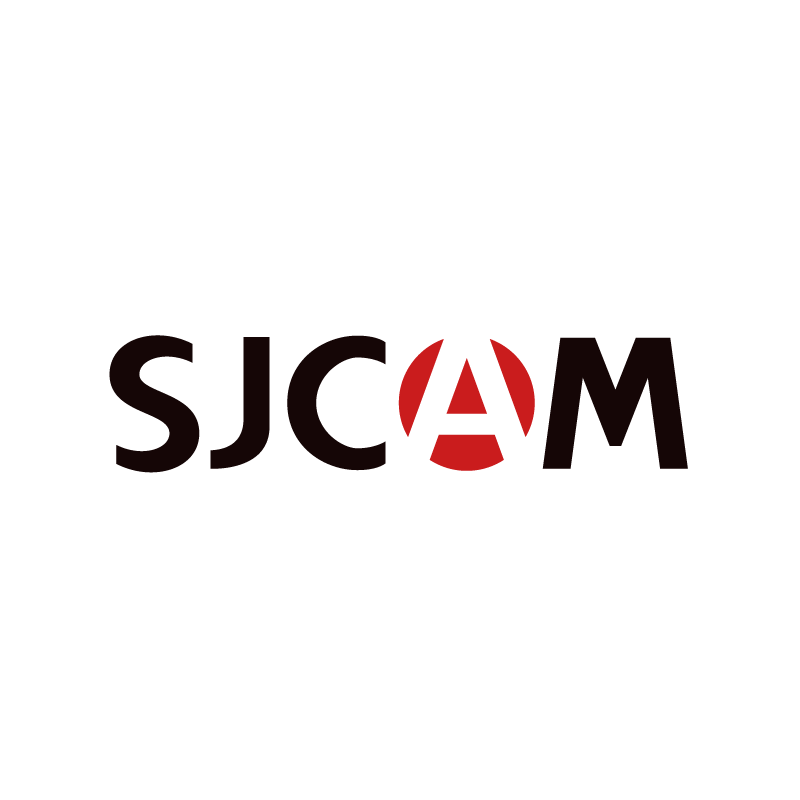


 Tmall Store
Tmall Store Jingdong Store
Jingdong Store Aliexpress Store
Aliexpress Store Amazon Store
Amazon Store
















